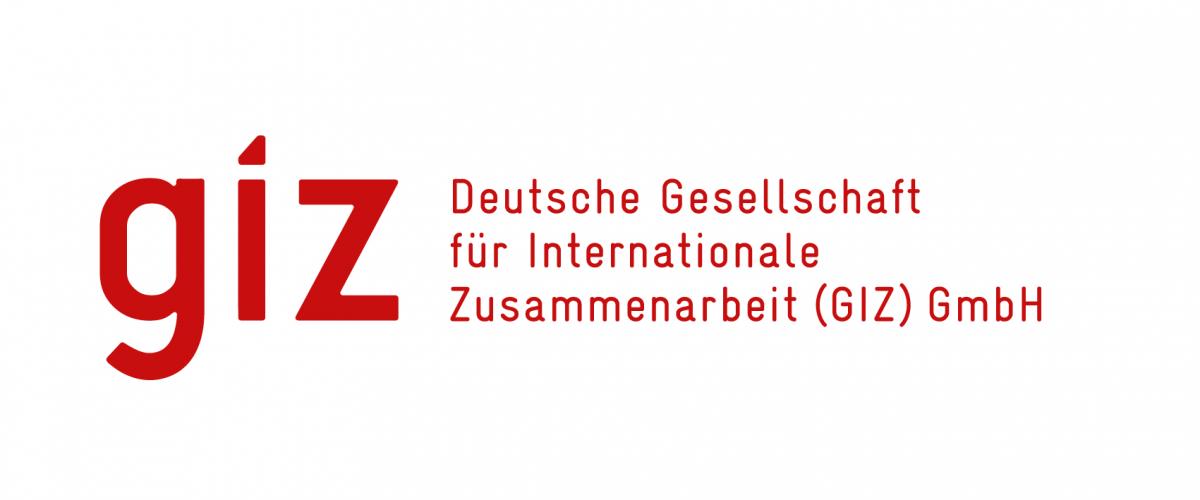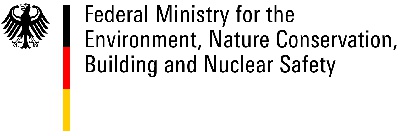Context
According to the current status of the climate negotiations under the UNFCCC, REDD+ should be included in a mechanism that enables the mobilization of financial resources from developed countries to developing countries for mitigation actions in line with their national capacity and capability.
In order to reach this goal, the REDD+ mechanism will require a common approach to monitoring, reporting and verifying results to ensure comparability in measured outcomes of different actions and/or different countries. National GHG inventories are the foundation for identifying key data gaps, improving collection of relevant data and evaluating GHG mitigation strategies and their outcomes. Preparation of robust GHG inventories is a basic capacity all countries need as they move towards being able to participate in any eventual MRV approach.
The IPCC Guidelines help countries produce GHG estimates which are consistent with the UNFCCC reporting principles. The Guidelines set a default methodology and provide a default set of factor and inputs to the equation, which, in combination with activity data provided by the country, allow each country to monitor and report its GHG fluxes; moreover they provide guidance on how to identify the most relevant (key) categories and most uncertain estimates on which to focus efforts for improving the quality of the National GHG Inventory.
Scope
The CD-REDD II program had two complementary technical aims:
- Build capacity in developing countries on National GHG Inventory for the AFOLU sector with focus on forest related GHG fluxes (countries should have the capacity to develop and report a National GHG Inventory for the forest sector by the end of 2013),
- Training on the IPCC methods as well as how-to establishing sustainable workflows and incorporating components recommended for such a National Inventory System,
- Support the UNFCCC system by providing to the UNFCCC review process trained experts from developing countries for the AFOLU sector.
These covered two of the functions of the National MRV System: the reporting by means of the National GHG Inventory and the verification by means of training of experts for the UNFCCC review process. To realize this scope there were some minimum requirements:
- A country plan for the National GHG Inventory,
- At least 2 resource persons trained on IPCC Guidelines,
- Collection of all available national data required for producing a complete and consistent national GHG inventory, and documentation of these,
- Preparation of a draft GHG Inventory report with the consequent key category analysis.
Results
During the project runtime, the CD-REDD II team was able to perform several in-country workshops, centralized meetings and global sessions to bring to gether several stakeholders in the project from several organizational levels. This enabled a productive environment with the right people from several countries to achieve the goals aimed for.
The main building blocks that countries now have to achieve in order to be able to prepare a National Inventory for the AFOLU sector are:
- Knowledge on IPCC Guidelines aquired
A national inventory team (composed of at least two persons per country) trained on IPCC methodological approaches for estimating forest-related emissions by sources and removals by sinks is established. - Decision-making autonomy
Human resources are trained to manage the National GHG inventory. This aims at making technical people self-confident in implementing the IPCC methodologies, ensuring that the National MRV system will be set up and run autonomously in the future. - Institutional Arrangements for National GHG Inventory Systems
Clear and robust institutional arrangements among actors are a fundamental requirement for the establishment of the country plan for the National GHG Inventory System. The inventory team is capable of assessing strengths and weaknesses of institutional arrangements in order to ensure continuity and integrity of the inventory and facilitate prioritization of future improvements. - Documentation and Category-by-Category Description
The established inventory team is capable of collecting appropriate available data, documenting and reporting the origin of methodologies, activity datasets, and emission factors used to estimate emissions and removals from each category. Future inventory teams can refer to completed documentation from the compiled exercise to determine what information was collected, how the data was obtained, and what methods were used. - Key Category Analysis
The inventory team is capable of performing a key category analysis, according to IPCC criteria, in order to individuate which categories are the most important and which should be the focus of improvement efforts. - Quality Assurance and Quality Control Measures
The inventory team is capable of establishing a cost-effective QA/QC program to improve transparency, consistency, comparability, completeness, accuracy and confidence in the National GHG Inventory. - Inventory Archive System
The inventory team is capable of establishing an archive system which data serve as a starting point for future inventory teams. - Preparation of a draft of the National GHG Inventory for the forest/ AFOLU sector, respectively.
It covers the forest/AFOLU sectors using country data already available and default data from the IPCC and other data source (like the FAOstat database) if necessary. It is compiled by trainees and reviewed by external experts. - National Inventory Improvement Plan
In such plan, the Inventory team described specific priorities for future capacity building projects based on the needs identified during the realization of the above-listed building blocks, and served as an official national road map for the National GHG Inventory.




